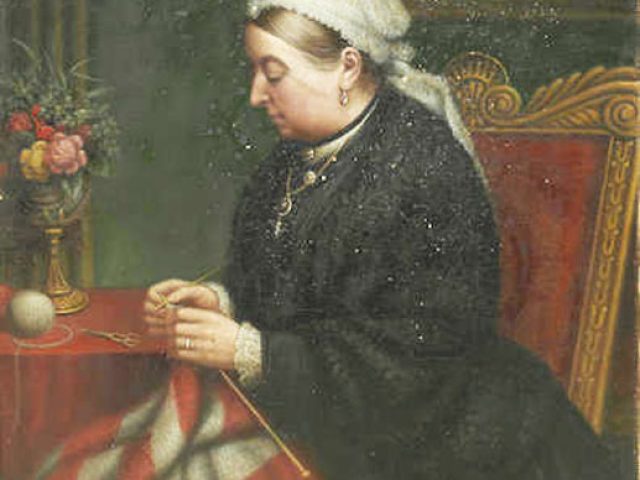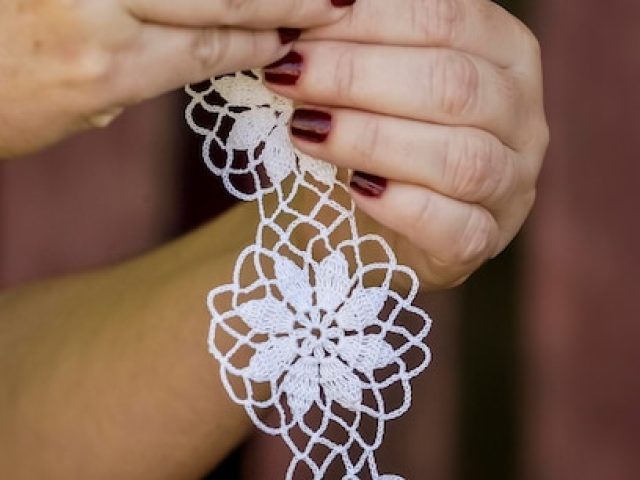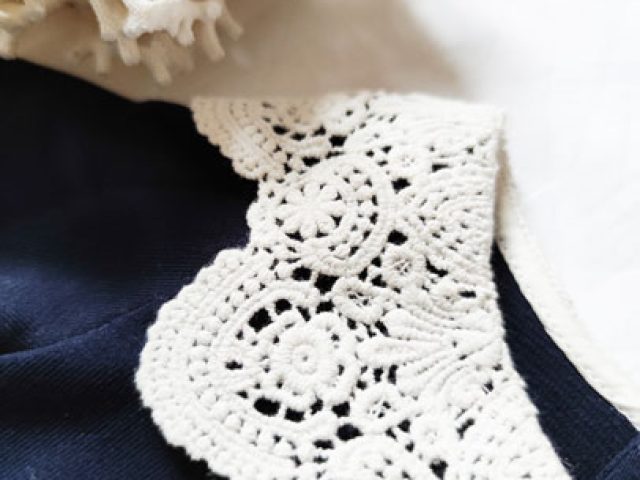NOVELY
NOVELY is the brand of the artisanal company MESH QUEEN, born from a true passion for the design of works in crochet, knitting, macramé, lace, etc., handmade in the areas of interior decoration and design using threads and needles.
With our varied experiences, we have acquired professional expertise and a commitment to the quality of our works. We are able to design exclusive models in quantity, as well as produce unique pieces.
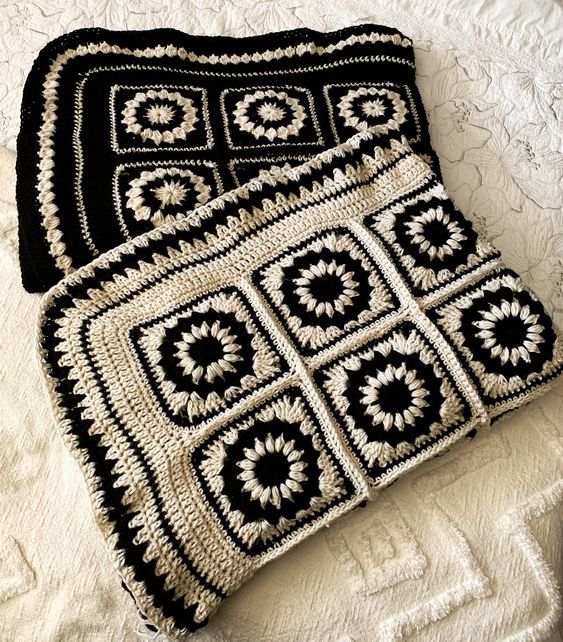
At NOVELY, we are sensitive to the high quality of the materials that we enhance through our work and our finishes. We have selected practical and useful materials, meeting the specific needs of our customers. In addition, our choice always involves natural, renewable materials obtained with respect for animals and people.
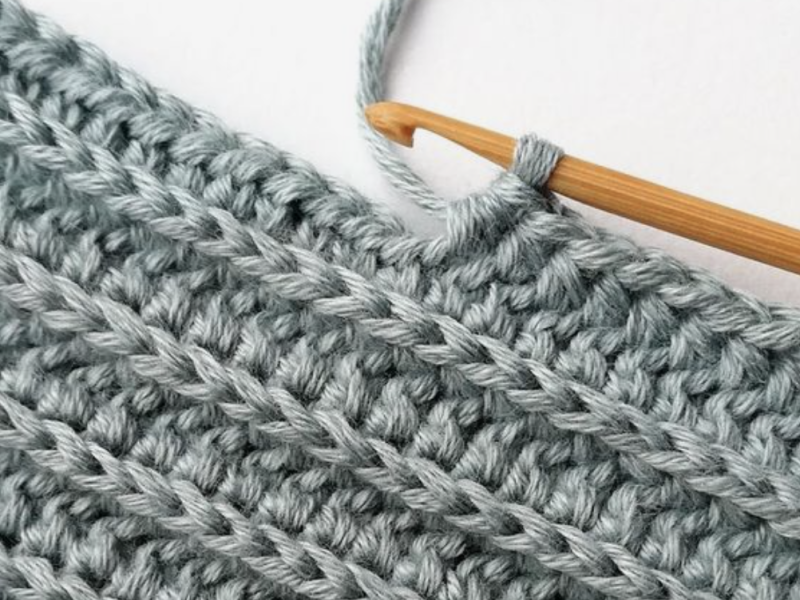
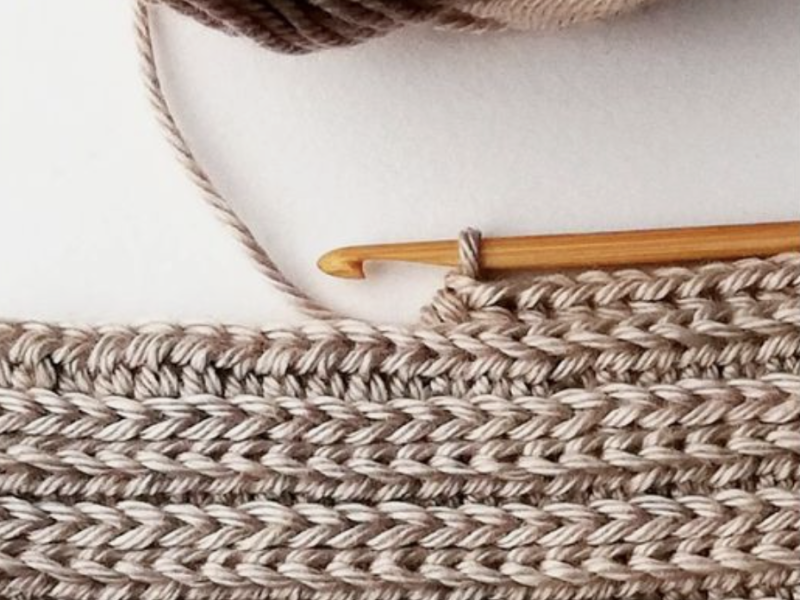
Knitting
Knitting is a technique for manufacturing fabrics where loops of thread called stitches are intertwined using needles (clamshell or needle). All of the stitches constitute the knit, which is an extensible fabric because the stitches can be deformed (unlike a fabric – which is woven – whose interweaving does not make extensible loops). The term hosiery includes the production of knitting (knitting) as well as other operations to make garments from stitches such as assembly, mounting, ironing, folding, etc.
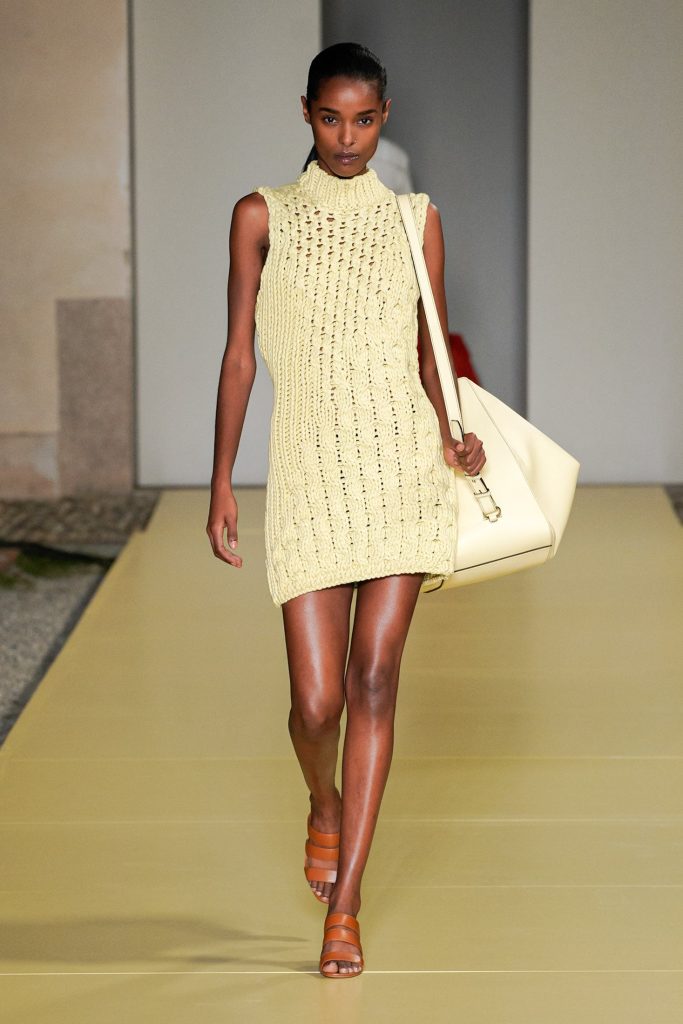
Meshes
There are two main classes of knitting which are distinguished by the method of connecting the stitches: picked-up stitch knitting (or “weft” knitting) and throw-over stitch knitting (or “warp” knitting or “run-proof” knitting). Picked stitch knitting uses only a single thread from a spool to form loops. It works in the direction of the rows (width of the fabric). Yarn stitch knitting is obtained by the simultaneous knitting of 2000 to 3000 threads from beams. It works in the direction of the columns (length of the fabric).
Binding, stitches and patterns
The term binding or stitch designates the way in which the threads in picked stitch or thrown stitch fabrics intertwine. This is the equivalent of weave armor. There is a wide variety of stitches and patterns such as garter stitch, stockinette stitch, seed stitch, rib stitch, moss stitch, rome stitch, gadroon stitch, jacquard pattern etc.
Knitting looms
In the knitting industry, different types of knitting machines are used, notably rectilinear machines (which include 2 needle beds facing each other) and circular machines. Each is equipped with a gauge (characterizing the distance between two needles and by extension the size of the stitches) which determines the fineness of the knitting. A fine gauge will be used for lingerie items while a large yellow one will knit sweaters.
Preparing the wires
All textile fibers can be knitted. To be knitted, the yarns undergo winding, assembly, twisting and possibly dyeing operations. For warp stitch knitting, beams are formed using a hosiery warping machine.
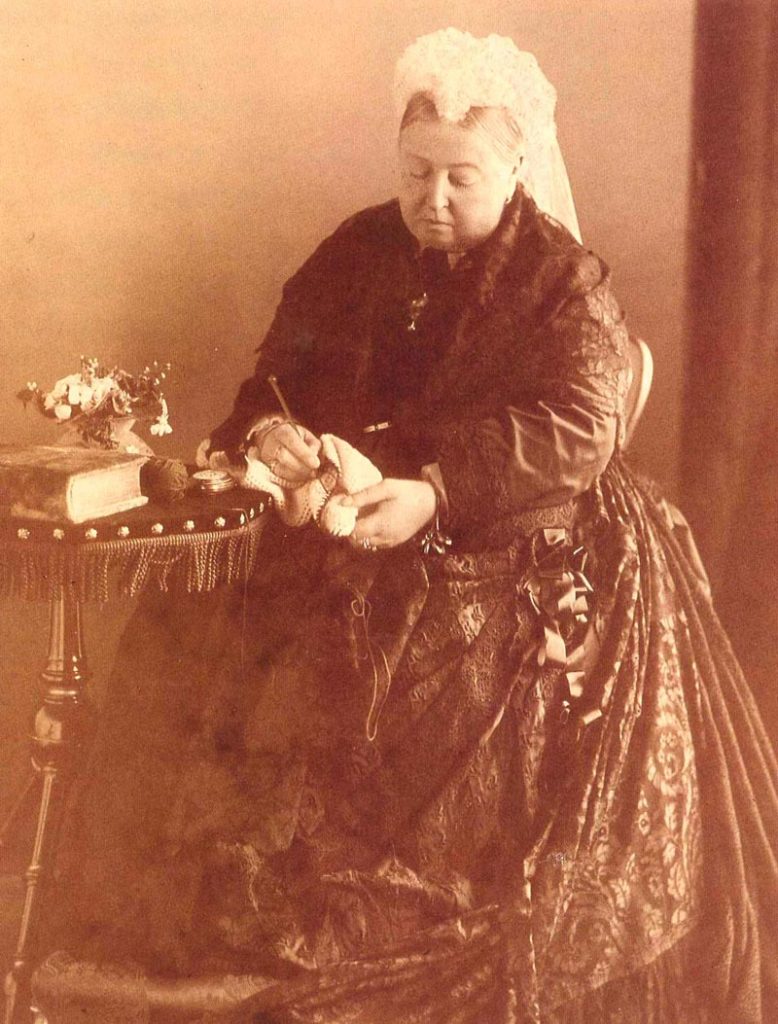

HISTory
crochet
Uncertain origins
We know that our ancestors crocheted in the evenings by the fire, but do we really know where crochet comes from? Going back through history is no easy task… Today we consider that knitting and crochet have the same ancestor: Nalebinding (“binding with a needle” in Danish). This technique appeared at the end of Antiquity, as proven by numerous objects found all over the world: in South America (bonnets and shawls attributed to pre-Columbian civilizations in Peru), in North Africa (Coptic socks from Egypt of the 4th century), in Northern Europe, in Asia… It is not excluded that the cradle of Nalebinding (and therefore of crochet) is somewhere on the Silk Road! The appearance of crochet in Europe In Europe, this technique seems to have developed in the 18th century in the Scottish countryside. In 1812, a certain Elizabeth Grant mentioned the technique without really naming it in her autobiography “Memoirs of a Highland Woman”. At the time, the tool already looked a lot like the one we know today: a sort of hook made of bone, ivory, metal or boxwood. This type of curved needle was also known and used in France: in 1763, the hook already appeared on an illustration board in the Diderot Encyclopedia devoted to the drum needle.
In the 1820s in Holland, Penelope magazine was the first to provide crochet instructions. Although it is sometimes called “shepherd’s hook” or “shepherd’s hook”, the term “hook needle” is emerging. Several countries claim its invention, notably England, Germany, Scotland and France… It’s difficult to see clearly!
1845-1910 : the success of Irish crochet lace
In the mid-19th century, Ireland experienced a major economic crisis. In the wealthier classes, women have been using cotton thread and crochet for a long time, imitating the precious needle or bobbin lace from Spain and Italy. Faced with this poverty, nuns and ladies of good society decided to pass on their know-how to the most deprived. They set up workshops throughout the North of the country and teach crochet lace to men, women and children… All volunteers are welcome, without distinction! This elegant and accessible lace is very much in tune with the times, orders are pouring in… Quickly, a real industry develops, capable of ensuring a regular income for the poorest. Thanks to this initiative, crochet lace work saved a considerable number of poor Irish households during the Great Famine of 1845 to 1852. This technique, which was initially only an imitation, asserted its style, drawing inspiration from traditional Irish motifs (clovers, roses, etc.). During the second half of the 19th century, numerous works devoted to crochet were published throughout the Europe, allowing you to learn the technique and easily find models. Until the First World War, Irish crochet lace continued to be exported throughout Europe, providing many Irish people with the financial means to emigrate to the United States.
In the 20th century: between grandeur and decadence
Crochet lace reached its peak at the beginning of the 20th century with works as fine as they were complex, increasingly elaborate and sophisticated. Despite this level of technicality, its popularity declined from the 1920s. Competed by the appearance of mechanical lace, crochet ceased to be an industry and resumed its status as “ladies’ work”, a simple hobby. that we practice at home. After World War II, American housewives became infatuated with this pastime. They refreshed the technique by using thicker woolen threads and in the process invented new, very colorful models. Crochet experienced a new hour of glory in the 1960s and 1970s with granny square patchworks, before being considered the height of old-fashionedness until the end of the 20th century.

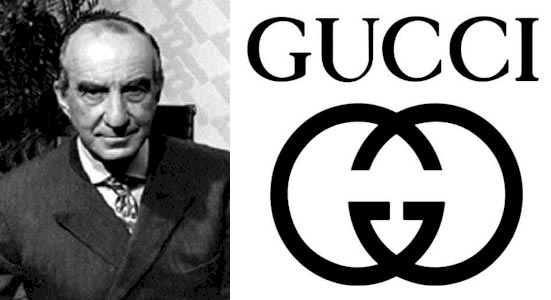
The 21st century returns to crochet
Today, crochet is part of the current slow fashion trend, like all needlework. Fashion designers rediscovered how refined this rustic lace could be. At Gucci, Alexander McQueen, Céline and Dolce & Gabanna, the latest spring-summer collections have proven that crochet can inspire many other creations than just a tea cosy! Dusted off, modernized, crochet has made its comeback official, available in the form of XXL bags, spidery dresses and tops, openwork shoes and swimsuits… In decoration, crochet works are finding a place in our interiors. The dull placemats relegated to garage sales are replaced by amigurumis, baskets and crocheted throws… without nostalgia!

